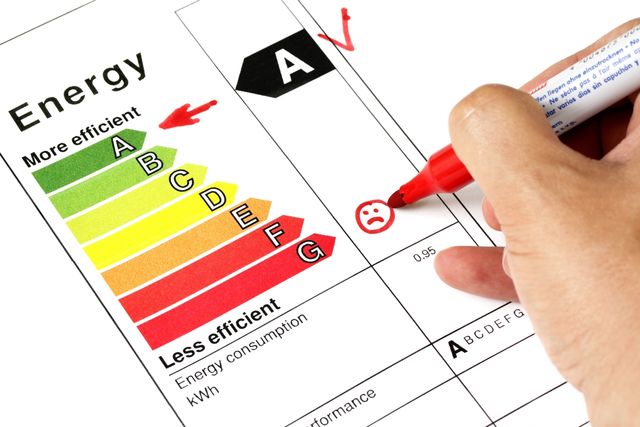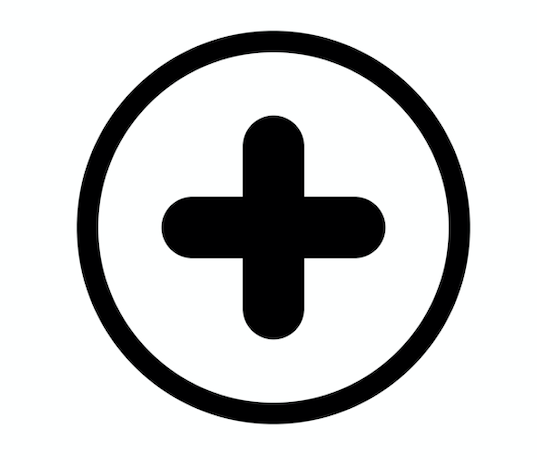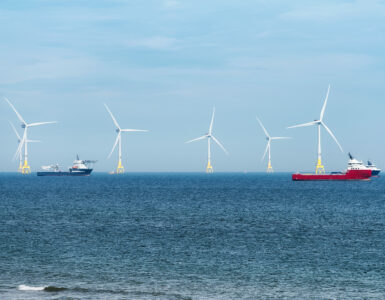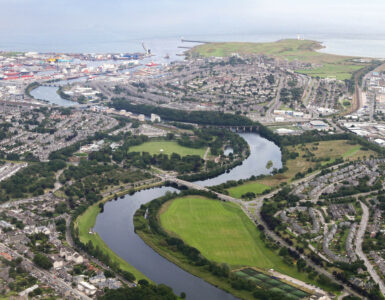Every electrical appliance has a power rating which tells you how much electricity it needs to work. So how power-full is your house?
HOW IS ELECTRICITY MEASURED?
Energy and power are words that are often used interchangeably.
• Energy – the capacity to do work. Energy can be transferred from one form to another.
• Power – is the measure of how quickly energy is transferred. It is measured in watts (W)
MEASURING ELECTRICITY
Electricity is also measured in watts (W) and kilowatts (kW)
1 kW = 1000W.
WHAT IS A KILOWATT-HOUR?
A kilowatt-hour (kWh) is a measurement of how much electricity you use in a set amount of time. You can find it on your home’s electricity bill.
HOW IS KWH MEASURED?
Watt x time = kWh
So, for example, a 2000W (2kW) oven running for 2 hours = 4kWh
ENERGY EFFICIENCY
Many modern appliances have design innovations to make them more energy efficient.
An electric oven might be better insulated to reduce heat loss, thereby reducing the energy it needs to maintain your cooking temperature. A modern washing machine is likely to be designed to get your clothes clean at lower temperatures and use less water.

Did You Know:
As a rule, household appliances or gadgets with moving parts or which produce heat use much more than those producing light or sound. For example, a kettle (heating water) uses more energy than a radio (generating sound).
Those goods rated ‘A’ or above on energy labels (see label, above) are the most efficient and will save you money compared to a lower rated equivalent.
It’s not just appliances themselves that need to be energy efficient. By changing our behaviour, consumers can also become more energy efficient.
You’re probably used to turning off your TV, radio or other tech in your house, but did you know that by putting these appliances on standby, rather than turning them off at the plug, they still use energy? In fact, in the UK we spend on average £30 of our energy bills a year due to leaving things on standby, rather than fully switched off.
HOUSEHOLD APPLIANCES
Below you will find the common appliances found in homes around the UK, along with their power usage in watts.
Depending on how long each of them are used for, you can work out how much energy each one uses. For example, fridges use less power than an electric shower, however fridges are constantly switched on, whereas showers are in use anywhere from 2 minutes to half an hour (if you like long showers that is!)













